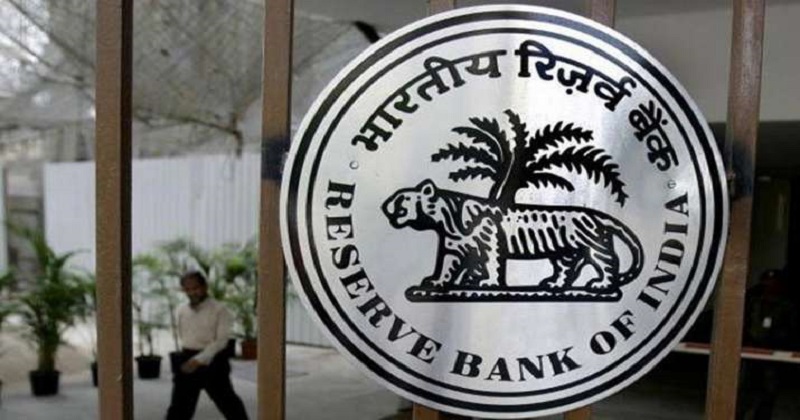
The Reserve Bank of India (RBI) kept repo prices stable at 4 percent on February 5 and held the position ‘accommodative’ in-line with expectations. The reverse repo rate also kept constant at 3.35 percent. MSF and bank rate remain unchanged at 4.25 percent.
The central bank last updated its policy charge on May 22 when COVID-19 postured an unusual challenge, hitting the economy. The central bank has lessened policy rates by 115 basis points since February 2020.RBI Governor Shaktikanta Das said the MPC voted consistently to maintain the policy charges fixed. RBI Governor also said the accommodative position may stay as long as needed as the demand of the hour is to sustain supporting growth.
“Inflation has reduced below the threshold level of 6 percent. The growth outlook has changed significantly. MPC has decided that the requirement for the hour is to sustain supporting growth. Signs of recovery have strengthened further and the list of normalizing sectors is growing,” said RBI Governor Shaktikanta Das.

Here are 8 key highlights from the RBI MPC outcome:
Stable inflation: Core inflation outlook is affected by cost-push pressure observed in recent months, said RBI.CPI moved under 6 percent backed by a decline in vegetable prices and a convenient base. CPI projection is updated to 5-5.2 percent in H1FY22 over 4.6-5.2 percent earlier.RBI revised the projection for CPI to 5.2 percent for Q4FY21 from 5.8 percent earlier.
Positive growth outlook: With the commencement of vaccination drive, economic growth is expected to pick speed, RBI said.”2021 has started with a strong positive increase on the reverse of vaccination. Signs of restoration have risen further since the last MPC meet,” said governor Das.RBI pointed out the consumer trust is improving and business expectations of the industrial sector are upbeat.”FDI & FPI have surged in recent months, reposing faith in recovery in the economy and non-food bank credit, commercial paper sales are picking up,” Das said.RBI expects FY22 GDP growth at 10.5 percent.
TLTRO available to NBFCs: RBI Governor Shaktikanta Das said funds from banks via TLTRO (targeted long-term repo operations) scheme presently open to NBFCs.
CRR normalization: RBI said it has decided to steadily restore CRR in two steps in a non-disruptive way to 3.5 percent w.e.f March 27 and 4 percent w.e.f May 22, 2021.”CRR normalization will free up space for a variety of market services of the RBI to inject additional liquidity,” Das said.
Extention of MSF facility: RBI said the marginal standing facility (MSF) will be open up to September 30, 2021, to give support to banks on their liquidity necessities.
SLR holdings in HTM category: The RBI said to give assurance to the market participants in the setting of the borrowing program of the center and states for 2021-22, it has now been selected to stretch the regulation of improved HTM of 22 percent up to March 31, 2023, to hold bonds acquired between April 1, 2021, and March 31, 2022.
Gilt accounts for retail investors: RBI introduced to give retail investors an online way to the government securities market both primary and secondary right through the Reserve Bank (‘Retail Direct’).”This will increase the investor base and give retail investors with an enhanced path to engage in the government securities market,” said Das. This is a significant fundamental change setting India among preferred few nations which have related facilities. This project together with HTM relaxation will promote the smooth conclusion of the government financing program in 2021-22.
Read more; “Payment app will no longer offer domestic payment services within India from 1 April” ; Report
Integrated Ombudsman Scheme: To create the ombudsman mechanism more manageable, efficient, and more responsive, RBI will propose centralized processing of grievances following a ‘one nation one ombudsman’ way.
“This is intended to make the process of redress of grievances easier by enabling the customers to register their complaints under the integrated scheme, with one centralized reference point,” said Das. The unified ombudsman scheme will be rolled out in June 2021.

Post Your Comments